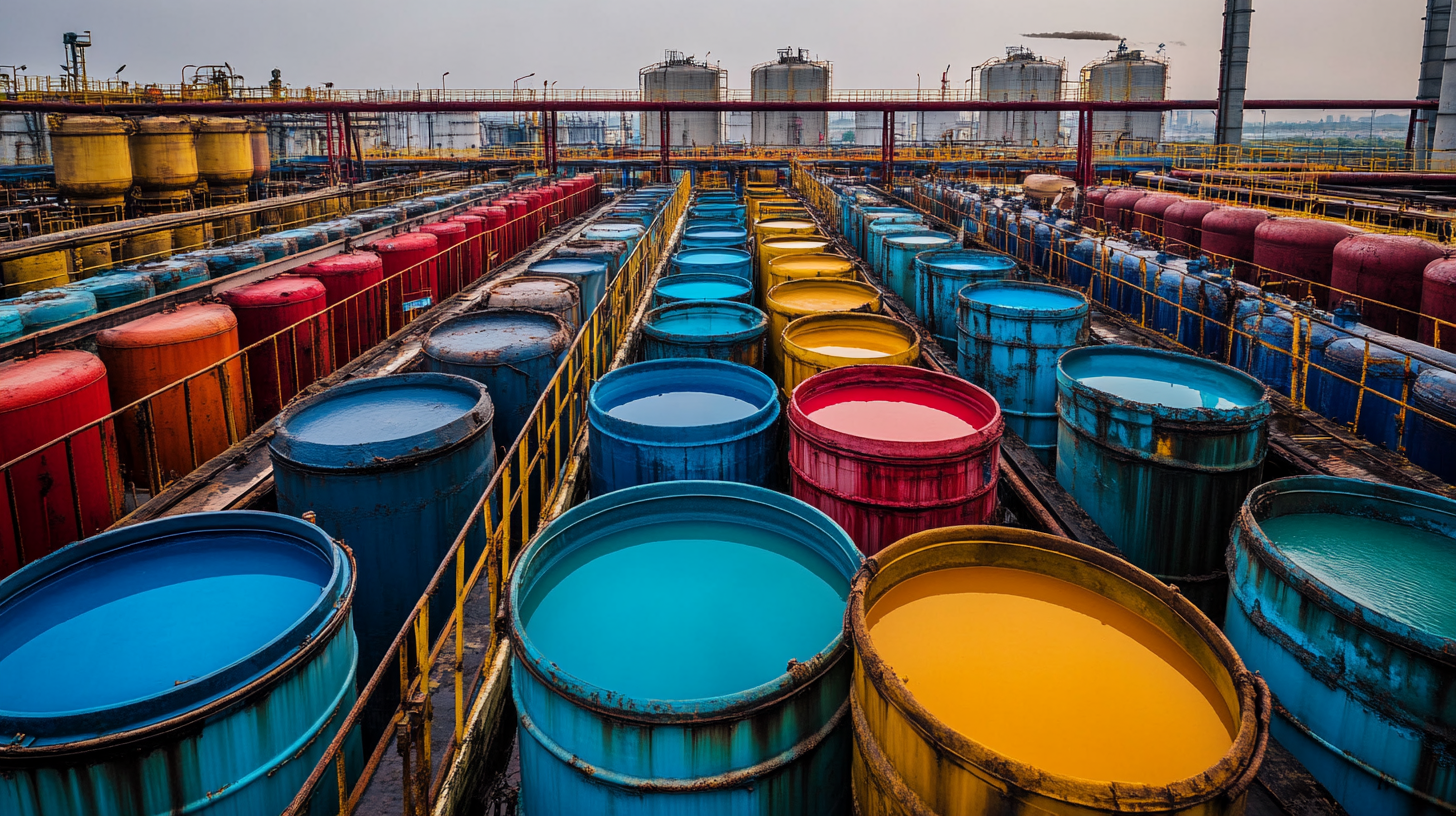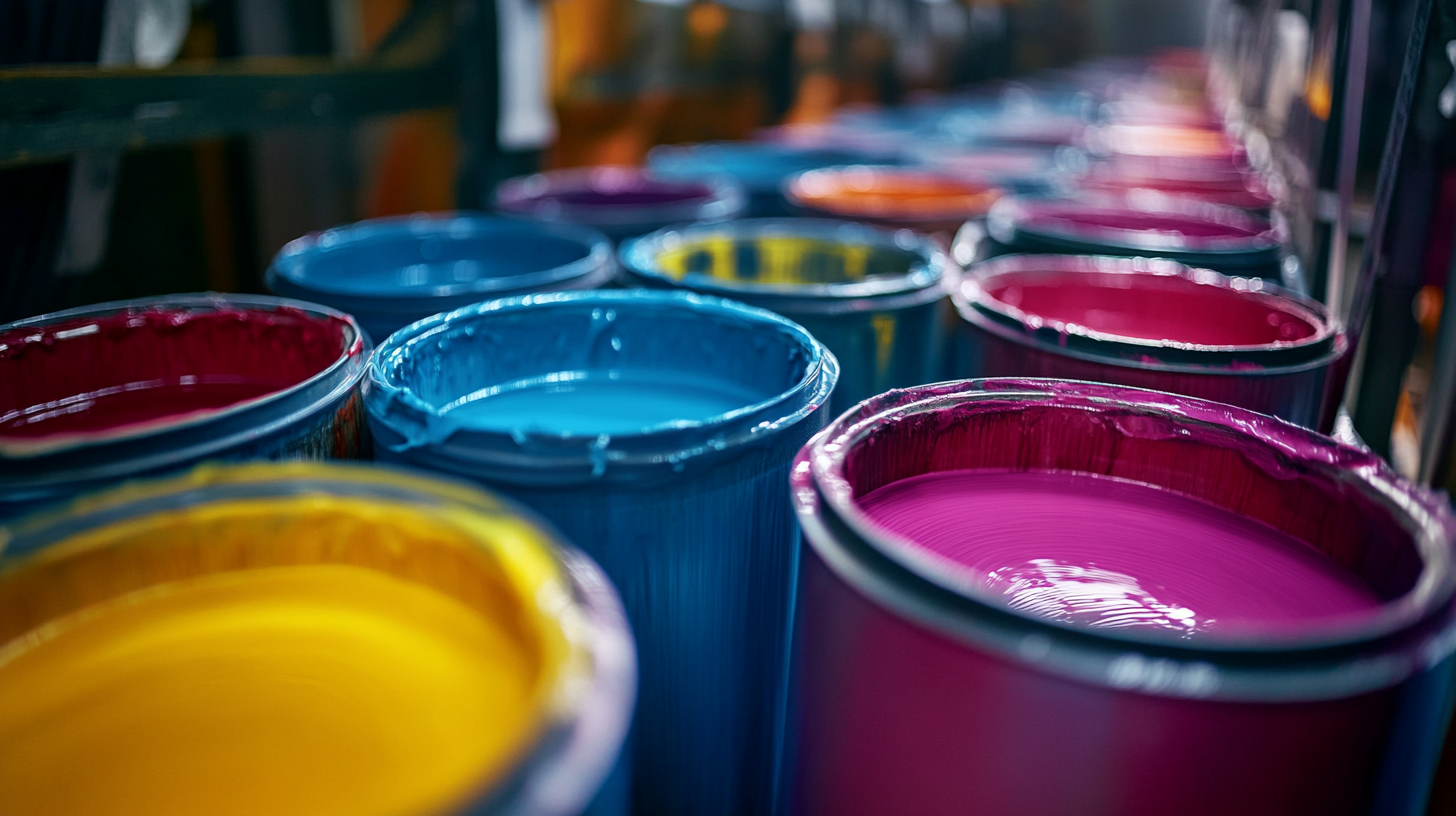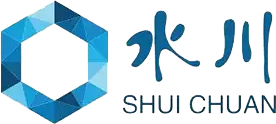In the midst of escalating trade tensions between the United States and China, the liquid dye industry presents a compelling case of resilience and growth. According to a recent report by Market Research Future, the liquid dye market is projected to reach $9.3 billion by 2026, fueled by increasing demand in textiles, coatings, and plastics. Despite the imposition of tariffs and trade barriers, China’s liquid dye exports have seen a remarkable increase, underscoring the country's ability to navigate such challenges. While the overall trade dynamics have pressured many sectors, China's liquid dye manufacturers are capitalizing on innovation and competitive pricing to expand their market share globally. As businesses adapt and evolve in response to these tariffs, the liquid dye market stands as a testament to China’s robust manufacturing capabilities and its strategic positioning in the global supply chain.

The liquid dye industry in China has shown remarkable resilience amidst ongoing US-China trade tensions. According to a 2022 market report by Mordor Intelligence, the global liquid dye market reached a value of approximately $6.5 billion and is projected to grow at a CAGR of 5.2% over the next five years. Despite tariff increases that affected many sectors, the liquid dye segment has adapted by leveraging export diversification and enhancing product quality. By developing innovative dyes that meet international standards, Chinese manufacturers have maintained a competitive edge.
One key factor contributing to the thriving export of liquid dyes is strategic pricing. Many Chinese dye producers have adjusted their pricing strategies to counteract tariff impacts, making their products more appealing in foreign markets. As a result, in 2023, liquid dye exports from China surged by 15% compared to the previous year, according to the China Customs report.
**Tips for Navigating Tariff Challenges:**
1. **Diversify Markets:** Explore new market opportunities beyond traditional partners to mitigate risks related to tariffs.
2. **Invest in Quality:** Focus on improving product quality and compliance with international regulations to enhance competitiveness.
3. **Monitor Policy Changes:** Stay informed about tariff and trade policy shifts to quickly adapt pricing strategies and maintain export volumes.
Chinese manufacturers have adopted a variety of strategies to navigate the turbulent waters created by ongoing US-China trade tensions, particularly in the liquid dye export sector. Reports from the China Dye Industry Association indicate that despite tariff challenges—whereby the US has imposed tariffs up to 25% on Chinese goods—export values in the dye segment have shown resilience. In 2022, exports reached approximately $1.5 billion, marking a 10% increase from the previous year. This growth is attributed to manufacturers diversifying their markets, particularly towards Southeast Asia and Europe, thus reducing dependency on the US market.
Furthermore, Chinese companies are enhancing their competitiveness by investing in advanced manufacturing technologies and sustainable practices. A joint report by the International Dye Association and the China Chemical Industry Review indicates that firms implementing eco-friendly production processes have seen production costs decrease by 15%, allowing them to maintain competitive pricing even amid tariffs. Moreover, by adhering to international standards and certifications, such as ISO and REACH, manufacturers are not only improving product quality but also gaining access to premium markets, further boosting their export capabilities despite the geopolitical uncertainties.

As global trade dynamics shift due to ongoing tensions, China's liquid dye exports continue to thrive, revealing key markets that adapt to the evolving landscape. The resilience of Chinese manufacturers in the face of tariffs and trade barriers highlights their ability to penetrate diverse international markets. Amidst these challenges, countries in Southeast Asia, particularly Vietnam, have become significant destinations for Chinese dye exports, where production costs are low, and demand is increasing. This strategic adaptability allows Chinese producers to maintain competitiveness, ensuring that their vibrant colors reach consumers worldwide.
Simultaneously, India has emerged as a formidable player in the dye industry, leveraging its extensive production capabilities and favorable policies. With its robust chemicals sector, India is not only a leading producer of reactive dyes but also a rising exporter, appealing to markets that value sustainability and quality. The interaction between Chinese and Indian dye markets illustrates a complex web of competition and collaboration, where both nations strive to meet global demands while overcoming the hurdles of trade uncertainties. As the landscape of international trade continues to evolve, monitoring these key markets will be crucial for understanding the future of the dye export industry.
| Market | Export Value (USD Million) | Change in Export Value (%) | Main Product Type |
|---|---|---|---|
| United States | 150 | 5 | Reactive Dyes |
| Europe | 200 | 10 | Acid Dyes |
| Southeast Asia | 120 | 7 | Direct Dyes |
| India | 80 | 15 | Fiber Reactive Dyes |
| Latin America | 90 | 12 | Disperse Dyes |
China's liquid dye exports are showcasing remarkable resilience during the ongoing trade tensions with the US. In the wake of increased tariffs, Chinese manufacturers have turned to innovation and adaptation as strategies to minimize the impact of these hurdles. According to a report from the China Chemical Industry Federation (CCIF), the country's dye industry has seen an annual growth rate of 6.5%, even amidst fluctuating trade policies. This growth can be attributed to advancements in production technology and a commitment to sustainable practices, allowing exporters to maintain competitive pricing while meeting international standards.
Furthermore, companies are investing heavily in research and development, aiming to create higher-quality, eco-friendly dyes that appeal to a global market increasingly concerned about environmental impact. A report from Mordor Intelligence highlights that the global dye market is projected to reach $7.5 billion by 2025, with significant demand for innovative products that reflect consumer preferences. As Chinese manufacturers adapt to these changes, they are also exploring new markets beyond the US, such as Southeast Asia and Africa, ensuring their place as key players in the global dye industry despite tariff challenges.

The liquid dye sector in China has showcased remarkable resilience even as trade tensions with the United States continue to evolve. While tariffs have posed significant challenges, domestic manufacturers have cleverly navigated these obstacles by diversifying their export markets and enhancing product quality. This adaptability has allowed them to maintain competitiveness against other global producers. Companies are increasingly investing in research and innovation to develop eco-friendly dyes, responding to rising consumer demand for sustainable products.
Looking ahead, the future of China's liquid dye industry appears promising as it positions itself in a rapidly changing trade landscape. Strengthened partnerships with countries in Southeast Asia and Africa are emerging, creating new opportunities beyond traditional markets. Furthermore, advancements in technology and production processes will likely bolster efficiency and reduce costs, enabling Chinese manufacturers to thrive. As trade dynamics shift, the strategies adopted by the liquid dye sector will not only secure its global standing but also contribute positively to China’s overall economic resilience.
